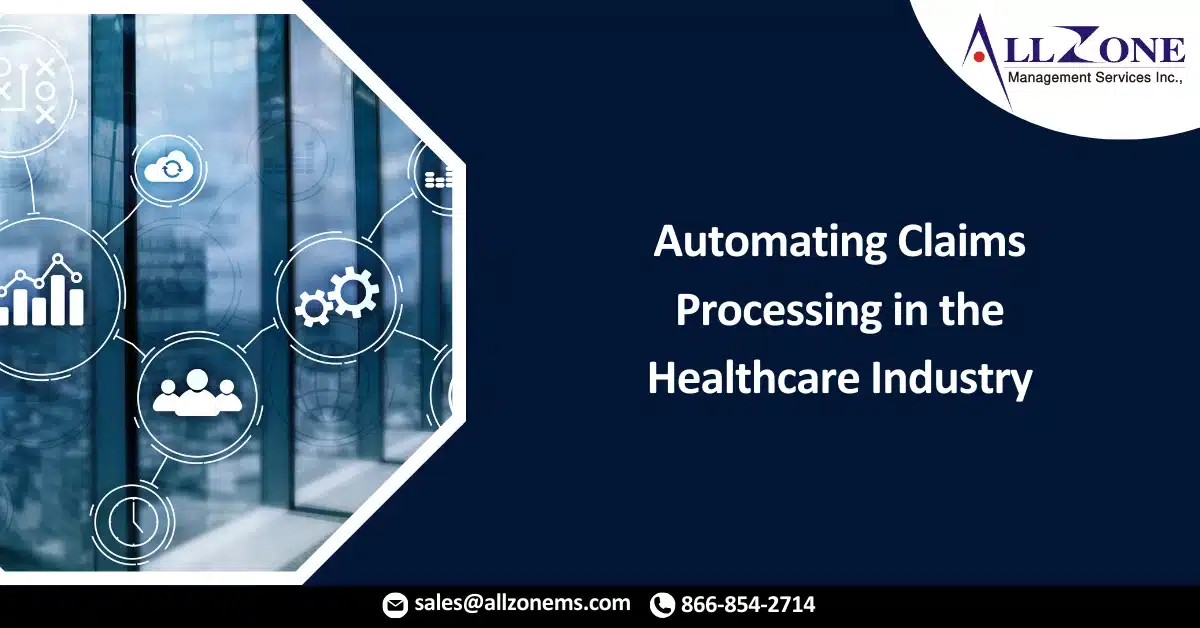By utilizing automation, it is feasible to improve the upstream and downstream adjudication process through data validation and routing. The healthcare industry can benefit from automation in almost all administrative functions, but it can significantly improve the auto-adjudication rate.
In an ever-changing industry, possessing technical expertise is of utmost importance. The healthcare sector is increasingly intertwined with technology, leading to advantages for payers, providers, and patients alike. A particular area where this convergence takes place is in claim adjudication. By gradually implementing automation in the claims processing system, starting with document routing and data validation, it is possible to enhance efficiency in turnaround time and increase the rates of auto-adjudication. All companies are striving to leverage technology to improve their operations. To effectively navigate technological advancements and expedite the benefits of automation, partnering with a healthcare IT provider has proven to be a reliable approach.
|
Challenges in Digitization:
Achieving complete automation of claims processing is not feasible in today’s world due to various reasons. However, IT teams can achieve automation by planning for gradual improvement over time. Lack of process uniformity and the need for multiple systems to interact are two significant obstacles to comprehensive automation. The CAQH Index, which began assessing some aspects of electronic healthcare processes in 2017, provides an annual survey that offers insights into where most providers and dental practices are implementing digital technology. According to the 2021 Index, medical plans have adopted fully electronic claims processing at a rate of 76 percent, while electronic remittance advice use is at 64 percent. Since the study’s inception, electronic use has steadily grown in both categories. Working with a healthcare IT vendor to close communication gaps between payers and providers can help automate any claims processing routine.
Improving Claims Processing:
Manual claims processing procedures can hinder a company’s expansion. Manual processing can result in lower turnaround times, increased overhead expenses, and a higher risk of human error. In reality, most medical billing errors occur due to missing or incorrect data at the upstream stage. The best starting point to improve the adjudication process is to apply artificial intelligence upstream to evaluate data before claim adjudication. Payers and providers can achieve this by partnering with an experienced healthcare IT vendor to outline the workflows that need automation and provide the technical expertise necessary to implement the approach..
Artificial Intelligence in Claim Processing:
AI conducts various data checks, such as matching members with providers, validating the SNIP level, and implementing process changes and business rule applications. The processing of pharmacy and dental claims is closely linked to medical claims processing. Adjudication is conducted in the same way to verify the accuracy of the claim before moving on to the processing stage. However, pharmaceutical claims often require prior authorization, which can make them more complex and increase processing time. Including automation in prior authorization for drug claims can help handle claims and attachments more efficiently and effectively.

